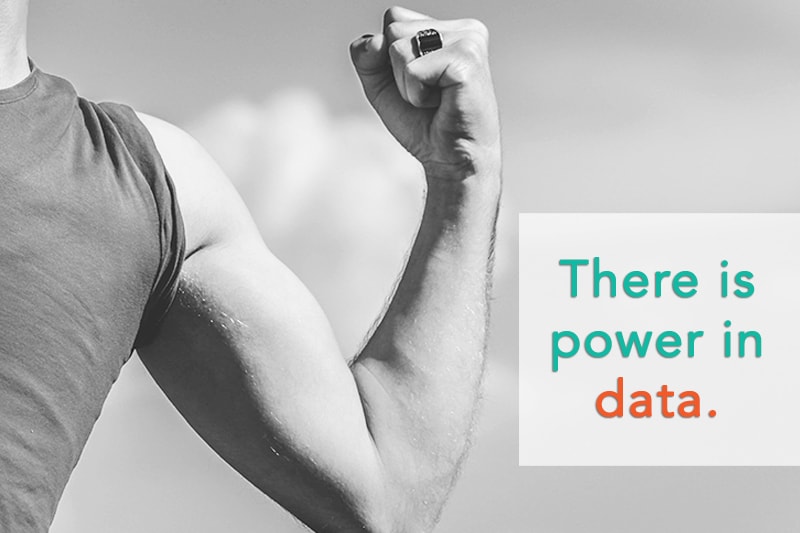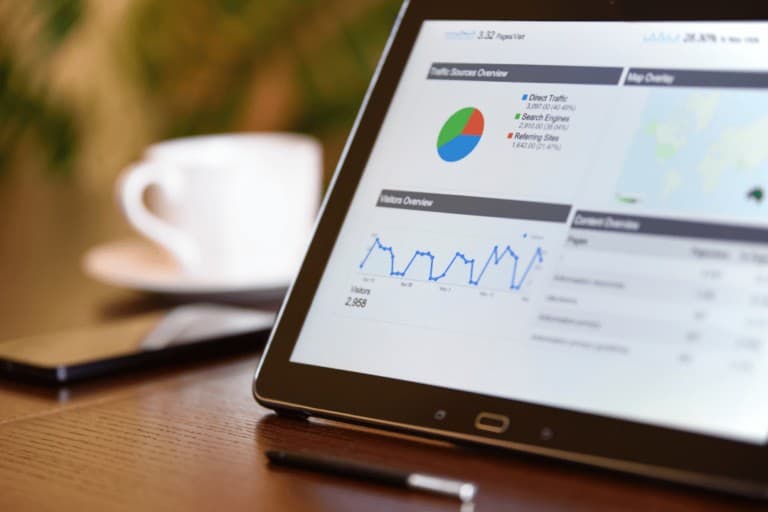Evaluating Influencers: What Data You Can (and Should) Ask Them For
By Dalene Heck and Tawny Bertolozzi
Influencer marketing is about relationships.
It starts with the one between an influencer and their audience. If done right, and the influencer positions themselves as a knowledgeable and authentic voice, then that relationship should continue to grow meaningfully (and exponentially) over time.
And when that happens, the opportunity for many new relationships is born: that between the influencer and brands. Starting such a relationship from scratch can be a bit of a dance and resemble dating. As a brand, you need to make sure you are a good fit for each other and that the influencer won’t leave you high and dry. But how do you determine that?
Like any first date, it should start with an exchange of information. However, instead of asking what the other’s favourite movie is, start by asking the influencer for the demographics of their audience as a start. And don’t wait until the third date to talk about past relationships either; in fact, it would even be prudent to ask for testimonials and case studies from former partners. It isn’t a super sexy conversation for a date, but it will likely save you a lot of heartache in the long run.
Because this is a new form of dating you may be wondering: What information are you entitled to? What is the etiquette when asking for this information?
Before the Approach
Akin to googling your date before meeting him or her, before reaching out to any influencer, embark on some due diligence and make sure the influencer will be a good fit for your brand first. Scour their blog or vlog, review their tweets and TikToks, and imagine your messaging in all of their feeds. Would you be proud to have them talk about you? Is there alignment between their voice and yours? If not, then demographics and case studies don’t matter. If there is not a fit on this most fundamental level, then end that relationship before it starts.
But let’s assume that your vibes jive. And that you also noticed how well they have handled past collaborations: they used proper ad disclosures, well thought out and relevant captions, and their feed isn’t just one long scroll of sponsored content about one brand after another. Overall, the influencer is professional, thoughtful, and seems to have a devout audience. Now is when the conversation can begin.
Data Request: Before the Campaign
It is not uncommon to find that an influencer has created some sort of media kit that is either published on their blog (usually under the “About” page), or available to you upon request. This can be a great place to start and may answer many of your questions.
Our favourite media kits are the ones that are well designed, easy to read, and include everything we need to know. A media kit should be relatively up-to-date (ask when it was last updated if it’s not noted in the kit itself), and it should contain:
- Key information about the influencer: Their niche, mission, and summary of what they bring to the table.
- Audience size (broken down by platform).
- Audience demographics per platform (location, age, and gender of audience).
- Case studies and testimonials.
If any of this is missing, then don’t be shy to request it. Or, if you want to go more granular – i.e. if they have audience location broken down by country and you want to see that information by province or state – then ask for that, as well.
Whatever you want to know should be made available to you. And if they are hesitant to provide it, then HELLO, major red flag! You are spending money on this campaign and need to know what you are spending it on. If they are unwilling to disclose key information, then this should be another immediate non-starter.
And if you’ve made the decision to go to the “next level” in this relationship, here are some other blog posts that will guide you through those important stages:
Data Request: After the Campaign
We are spreadsheet-loving nerds here at HMI, so this just might be our favourite part of any project! Collecting and analyzing the data that accompanies each campaign is not only useful for our clients, but it should also provide for a valuable review for the influencers as they compile it.
This is what we like to see after every campaign:
- A summary (with links) of all the content published.
- Reach, impressions, and engagement metrics on every social media post.
- The number of click-throughs to your website or social channels, wherever calculable. (You may want to consider providing tracking links to the influencer prior to the work so that you can have that information at your own fingertips.)
- Video views and/or blog pageviews.
- Screenshots of juicy comments, like: “I just bought this because of your post!” or “Nova Scotia just moved waaayyy up on my bucket list!”
Our process is to send each influencer a standardized form to collect pertinent information following a campaign (we use Paperform, but it can also easily be done for free using Google Forms). Using a form streamlines the entire process and also ensures that the quality of information received stays consistent for easy analysis.
We typically distribute the form roughly two weeks after the content is published to allow for an accumulation of views and engagement. To ensure consistency in the data, it is also stipulated in our influencer contracts that “all statistics and analytics related to the content published from this campaign are to be provided in the requested format and timeline”. This wording is not by accident, and saves us from having a variety of spreadsheets submitted randomly with stats that don’t align with each other.
As we all know, there is power in data. And it is most important to know, as a brand, what you are spending your money on and the results achieved with it. Don’t be shy to ask for detailed information – whether it’s upfront to determine an influencer’s authenticity, or for analyzing campaign results to inform future projects. Make each decision a more enlightened one by having relevant, quality information in hand.
You may also want to read:
11 Creative Ways to Work With Influencers: Going Beyond the Press Trip








